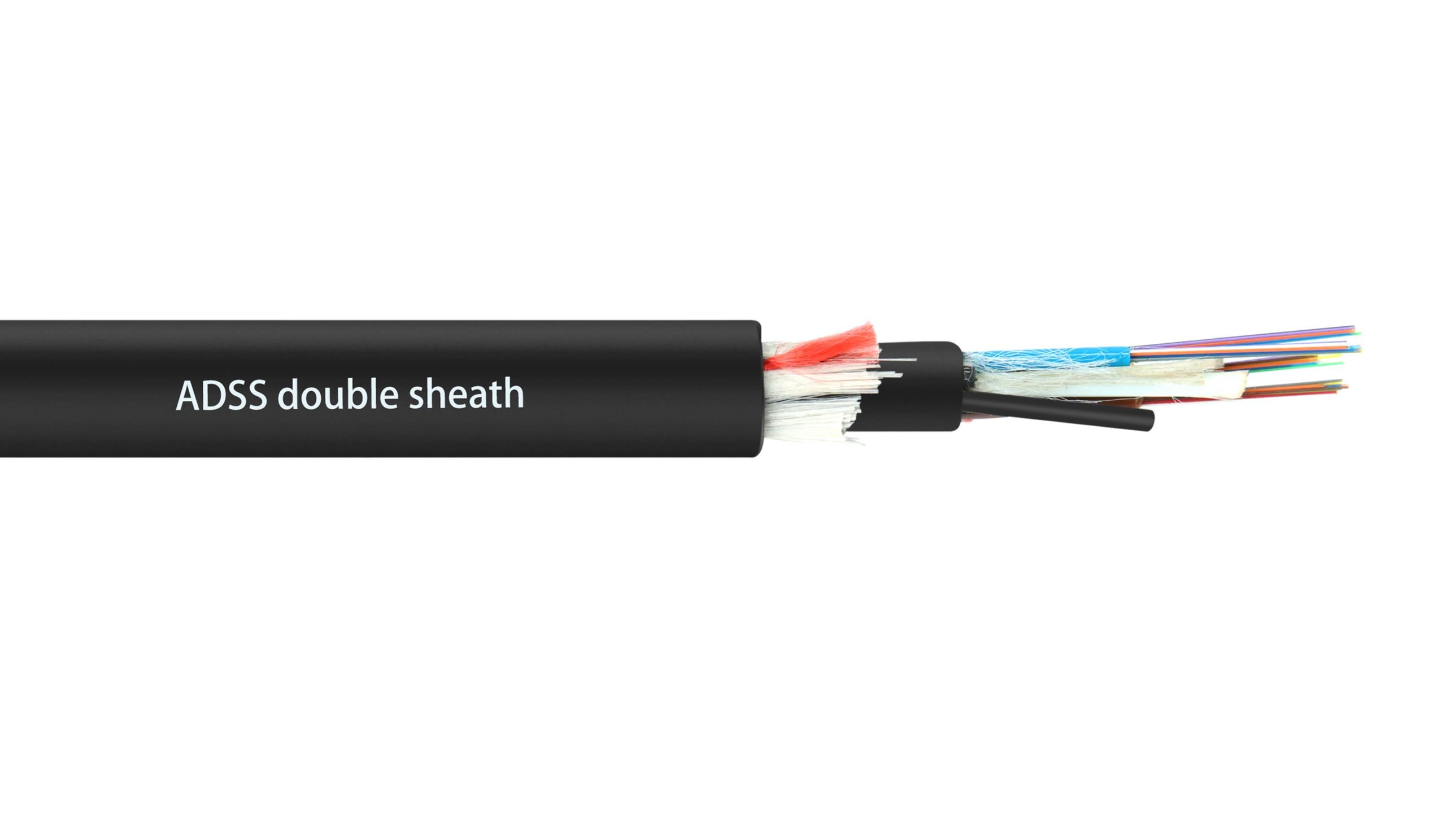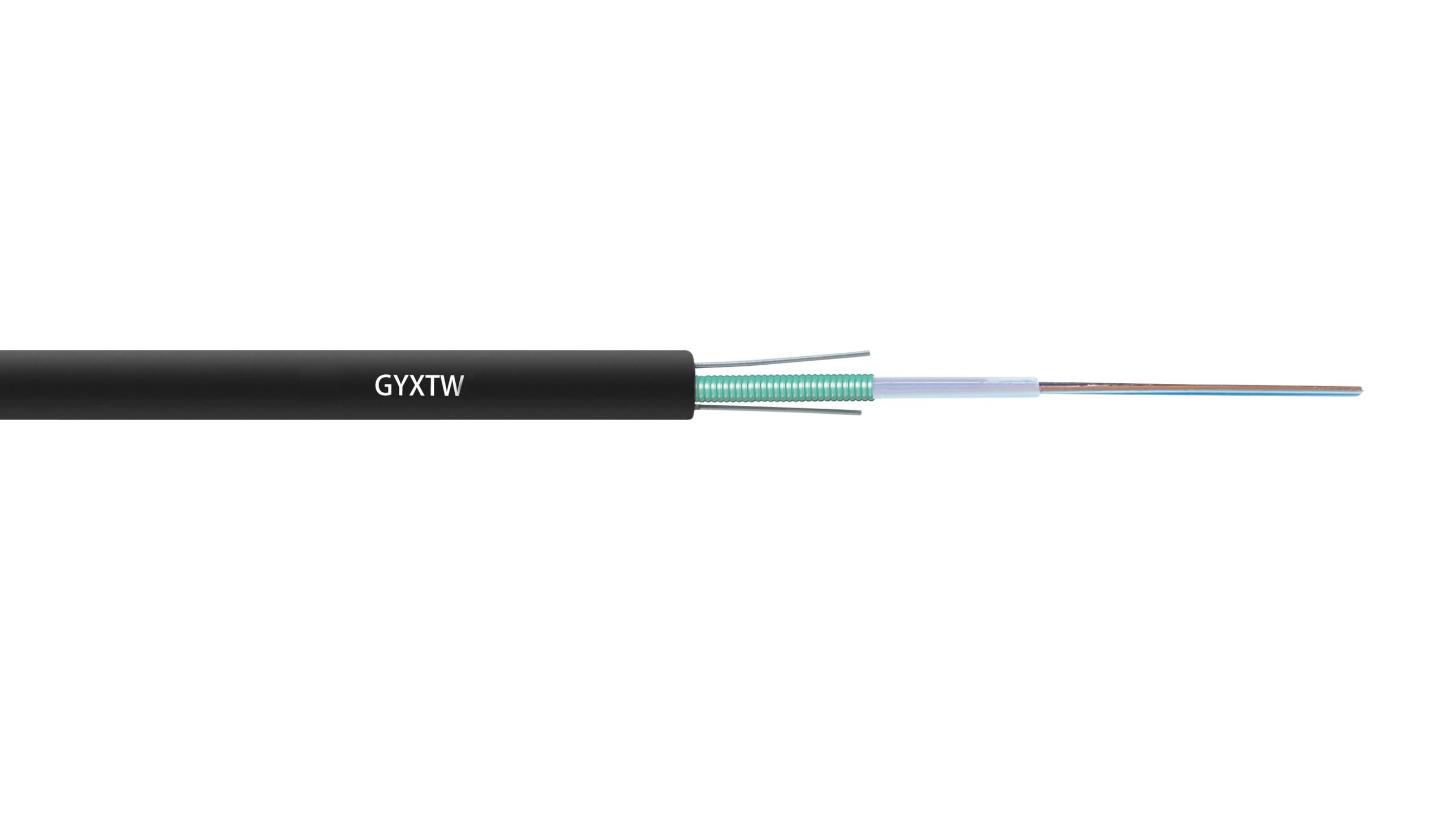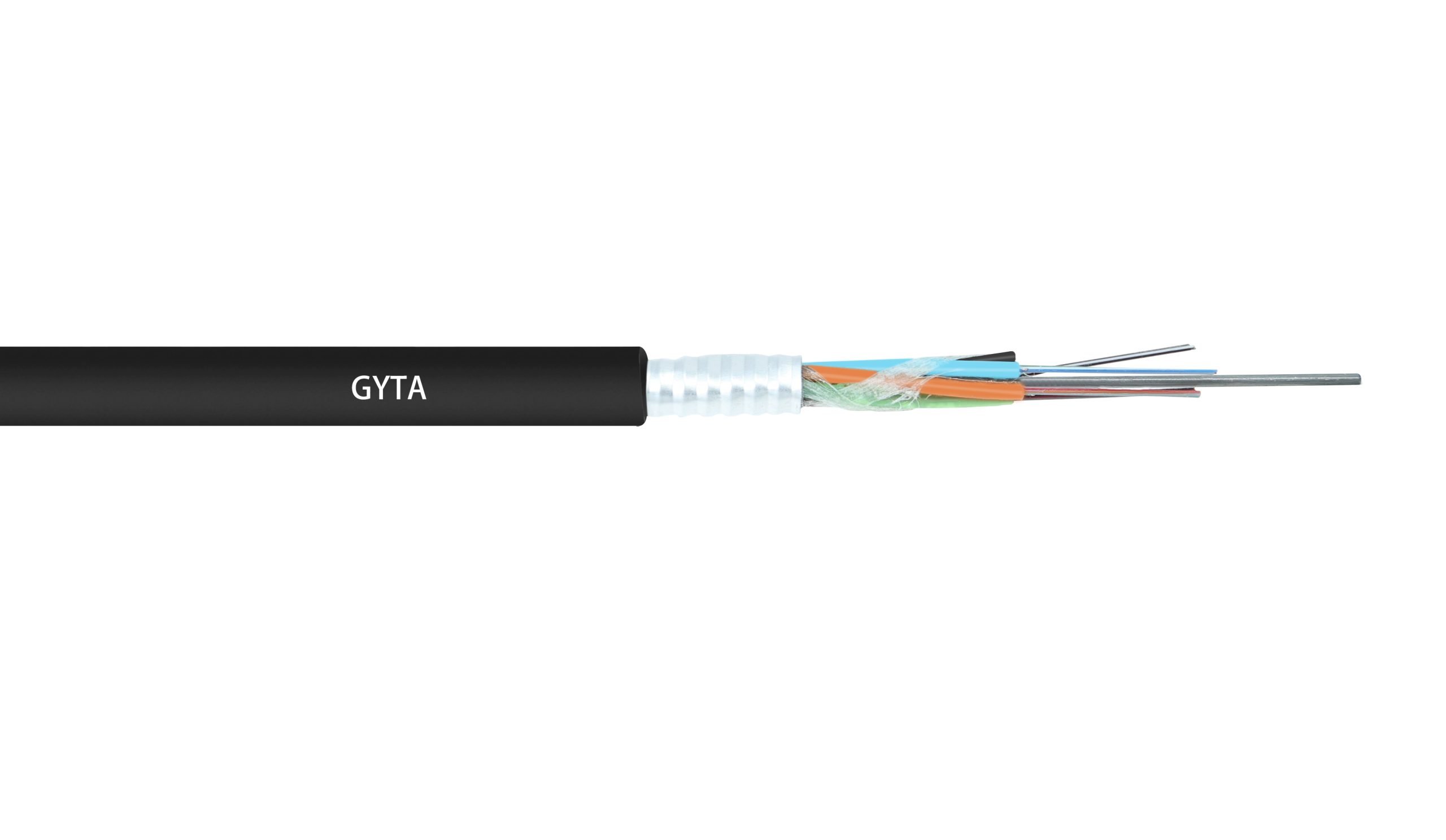Aerial Self Supported ASU Fiber Optic Cable
ASU optical cable, or All-Dielectric Self-Supporting Utility cable, is designed for aerial installations where no additional support or messenger wires are needed. It’s entirely non-metallic, which makes it immune to electromagnetic interference, ideal for environments close to electrical power lines. The cable’s robust construction allows it to span between structures without sagging, making it a practical choice for telecommunications networks that require reliable, long-distance data transmission across varied terrains.
What is ASU Cable
ASU optical cable is designed with high-quality materials that enhance its durability and performance in outdoor environments. The core is typically composed of multiple optical fibers, each housed within a protective buffer tube that’s filled with a gel to block water ingress. These elements are surrounded by a tough outer jacket made from materials like polyethylene (PE), which provides resistance to UV light, chemicals, and physical abrasions.
The ASU cable is characterized by its all-dielectric structure, which means it does not contain any metallic components, making it immune to electromagnetic interference and ideal for installations near power lines or areas prone to lightning. Its construction allows for excellent tensile strength and reduced sagging over longer spans without the need for a supporting messenger wire. This feature simplifies installation and reduces overall system cost.
ASU cables are specifically designed for aerial installation across poles in both urban and rural settings. Their lightweight and high strength make them suitable for spans across streets and between buildings without disrupting the environment. Additionally, the lack of metal components makes ASU cables a preferred choice in areas with high electromagnetic interference, such as near industrial facilities or power lines. They are commonly used in telecommunications for voice, data, and video transmission, providing a reliable medium for expansive network infrastructures.
ASU Cable Specifications
- Specifications
- Technical Parameters
- Optical Characteristics
| Fiber Count | 2 – 24 Core |
| Fiber Type | G652D, G657A1, G657A2 |
| Jacket Material | PE |
| Color | black |
| Strength Member | FRP |
| Length | 1km, 2km, 3km, 4km, customizable |
| Ref. outer diameter mm | Ref. weight kg/km | Rec. daily max. working tension kN | Max allowable working tension kN | Break strength kN | Strength member CSA mm² | Module of elasticity kN/mm² | Heat expansion coefficient ×106/K | Suitable span (NESC Standard,m) | ||||
| PEsheath | A | B | C | D | ||||||||
| 11.8 | 117 | 1.5 | 4 | 10 | 4.6 | 7.6 | 1.8 | 160 | 100 | 140 | 100 | |
| 12 | 121 | 2.25 | 6 | 15 | 7.6 | 8.3 | 1.5 | 230 | 150 | 200 | 150 | |
| 12.3 | 126 | 3 | 8 | 20 | 10.35 | 9.45 | 1.3 | 300 | 200 | 290 | 200 | |
| 12.6 | 133 | 3.6 | 10 | 24 | 13.8 | 10.8 | 1.2 | 370 | 250 | 350 | 250 | |
| 12.8 | 138 | 4.5 | 12 | 30 | 14.3 | 11.8 | 1 | 420 | 280 | 400 | 280 | |
| 13.1 | 145 | 5.4 | 15 | 36 | 18.4 | 13.6 | 0.9 | 480 | 320 | 460 | 320 | |
| 13.5 | 155 | 6.75 | 18 | 45 | 22 | 16.4 | 0.6 | 570 | 380 | 550 | 380 | |
| 13.8 | 163 | 7.95 | 22 | 53 | 26.4 | 18 | 0.3 | 670 | 460 | 650 | 460 | |
| 14.4 | 177 | 9 | 26 | 60 | 32.2 | 19.1 | 0.1 | 750 | 530 | 750 | 510 | |
| 14.6 | 182 | 10.5 | 28 | 70 | 33 | 19.6 | 0.1 | 800 | 560 | 800 | 560 | |
| 14.8 | 195 | 12.75 | 34 | 85 | 40 | 20.1 | 0.1 | 880 | 650 | 880 | 650 | |
| Fibre Type | Attenuation(+20℃) | Bandwidth | Numerical Aperture | Cable Cut-off Wavelength | ||||
| @850nm | @1300nm | @1310nm | @1550nm | @850nm | @1300nm | |||
| G.652 | ≤0.36dB/km | <022dB/km | ≤1260nm | |||||
| G.655 | ≤0.40dB/km | ≤0.23dB/km | ≤1450nm | |||||
| 50/125μm | ≤3.3dB/km | ≤1.2dB/km | ≥500MHz.km | ≥500MHz ·km | 0.200±0.015 NA | |||
| 62.5/125μm | ≤3.5dB/km | ≤1.2dB/km | ≥200MHz ·km | ≥500MHz ·km | 0.275±0.015NA | |||
Benefits of ASU Cable

Electromagnetic Interference Immunity
ASU cables, being all-dielectric, do not conduct electricity, making them ideal near power lines and in lightning-prone areas.
Self-Supporting Design
With no need for additional support structures, ASU cables simplify installation, reducing time and infrastructure costs.


High Environmental Resistance
The robust outer sheath protects against UV rays, chemical corrosion, and physical abrasions, enhancing longevity in outdoor installations.
Applications of ASU Cables
Download ASU Cable Catalog
Installation of ASU Fiber Optic Cable
When installing an ASU cable, ensure it does not bend beyond its minimum radius, avoid physical damage during handling, and use appropriate clamps to secure it without excessive pressure.

More Related Cables (4)
The price of ASU fiber optic cable can vary depending on factors such as the fiber count, cable design, and the quantity ordered. Generally, ASU cables are competitively priced within the fiber optic market, especially considering their specialized all-dielectric design for aerial installation. For precise pricing, it’s best to contact the ASU cable manufacturer directly for a quote based on your specific requirements.
For custom ASU cables, we support customization of all parameters including the number of fibers, jacket material, color, diameter, logo, and packaging options to meet your specific needs.
ADSS and ASU optical cables differ primarily in their design for environmental and mechanical stress. ADSS cables are built to handle high electrical fields and longer spans, suitable for proximity to high-voltage power lines with robust aramid fiber reinforcements for added strength. In contrast, ASU cables are geared towards less electrically intense environments and shorter spans, making them ideal for urban or rural settings with easier installation and lower mechanical requirements. The choice between the two depends on the specific needs related to electrical exposure, span length, and installation complexity.
Since we are an ASU cable manufacturer, our minimum order quantity is set at 2 kilometers. This allows you to assess the quality effectively and facilitates easier transportation. We can arrange for courier delivery for this order size.
The delivery time for custom ASU cables depends on the order size. For sample orders under 10KM, delivery is typically within 7 days. Orders between 10-100KM may take 10-20 days, and for orders over 300KM, delivery can take about 30 days.














